#namibian desert
Explore tagged Tumblr posts
Text

Seeing red
‘This picture of an Oryx antelope in the Namibian desert was taken during an early morning trip in Namib-Naukluft national park.’
Photograph: Catherine Madzak
#catherine madzak#photographer#landscape#namib-naukluft national park#oryx antelope#animal#mammal#wildlife#namibian desert#desert#morning
27 notes
·
View notes
Text

Namibian Desert by lbartworks
6 notes
·
View notes
Text
Extreme Long Range Shooting In The Namibian Desert: 2 Miles With A 375 Cheytac!
youtube
View On WordPress
#2A#2nd Amendment#375 Cheytac#Extreme Long Range Shooting#Firearms#Guns#Long Range Shooting Competition#MOA#Namibian Desert#Second Amendment#Youtube
0 notes
Text

This is really neat. It's a solar powered pink fridge.
https://twitter.com/___AudreyRose/status/1781936699817234847?t=IS92xqbyRm8cfRUXbRPJHg&s=19
1 note
·
View note
Text

Namibian Desert, Sossusvlei, Namibia
Ashim D’Silva
0 notes
Text

#oryx#gemsbok#antelope#oryxes#african oryx#desert#africa#wildlife#namibia#water hole#travel#namib desert#namibian#african wildlife#wildlife photography#thirsty#horned#wildlife of africa#namibian wildlife#animals#wild animals#outdoor photography#desert photography#desert live#survival#animal photography
17 notes
·
View notes
Text
Discovering Namibia: A Traveler's Guide to the Jewel of the Desert
Are you ready to embark on an unforgettable journey through the heart of southern Africa? Namibia, a land of vast deserts, rugged coastlines, and diverse wildlife, beckons travelers with its untamed beauty and rich cultural heritage. In this comprehensive travel guide, we’ll delve into Namibia’s fascinating history, highlight its top attractions, and provide essential tips for planning your…
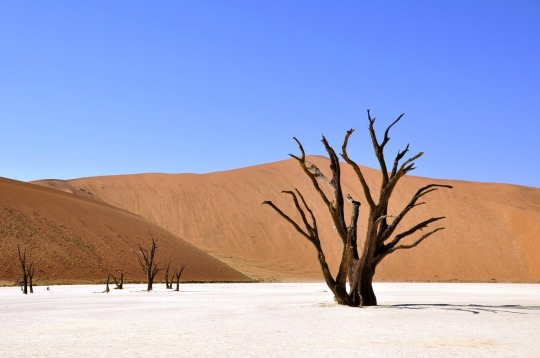
View On WordPress
#A Brief History of Namibia#adventure#africa#Are English and other languages widely spoken in Namibia?#beautiful cities in africa#best countries in africa#Big five in Namibia#destinations#Do I need a 4x4 vehicle to explore Namibia?#Education and Top Universities in Namibia#Etosha National Park:#europe#Fish River Canyon#Hosea kutako international airport#Is it safe to travel independently in Namibia?#Kalahari Desert#kenya#lionheartlrc#Namib desert#namibia#Namibia Practical Information for Travelers#Namibian Roads#norway#Otjiwarongo#places to visit in Africa#Skeleton Coast#Sossusvlei:#Swakopmund#technology#Top places to visit in Namibia
4 notes
·
View notes
Text
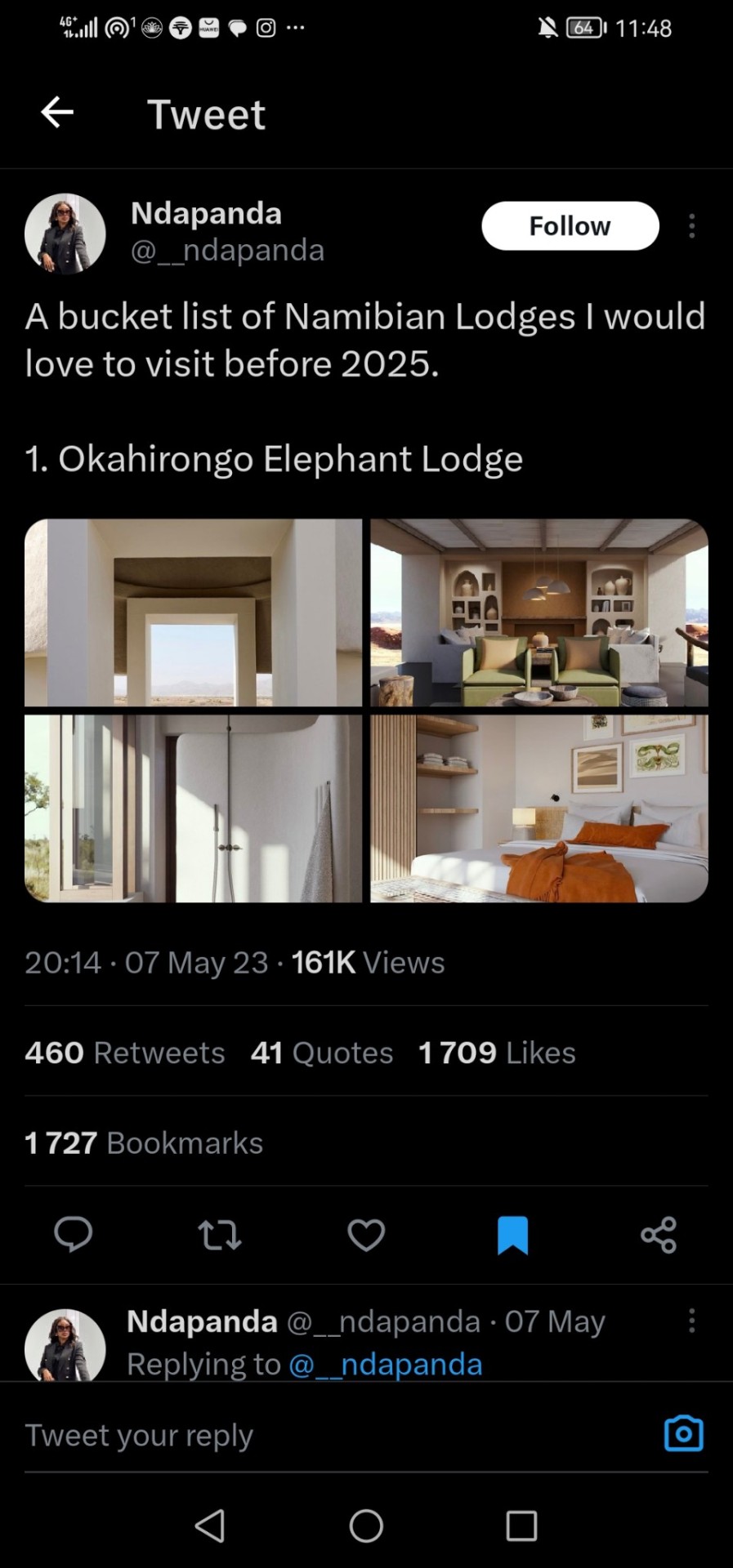
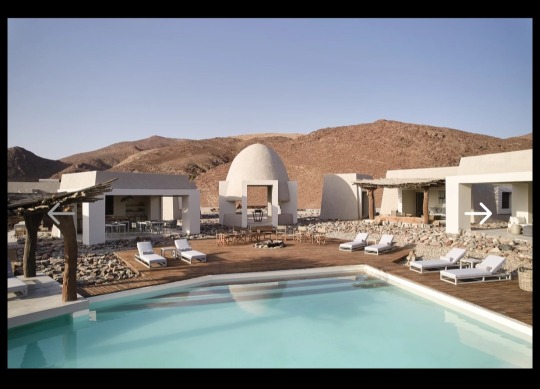


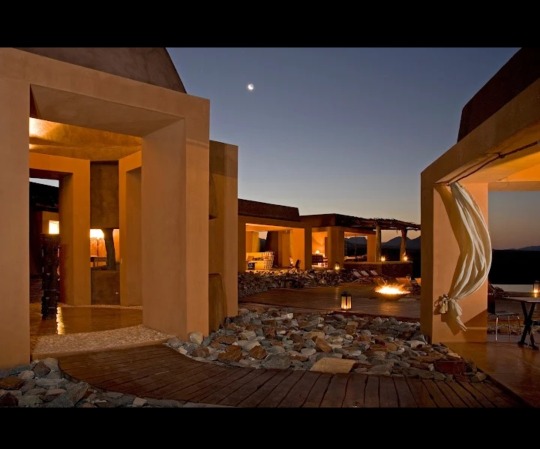
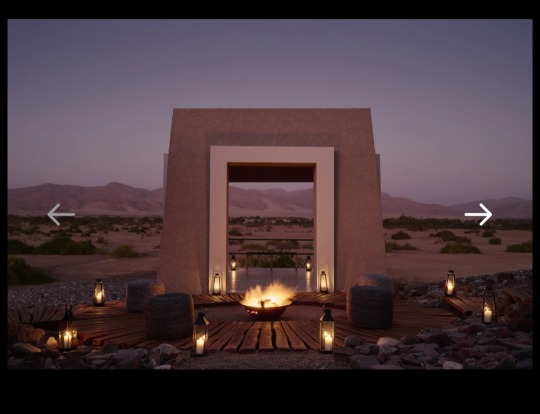
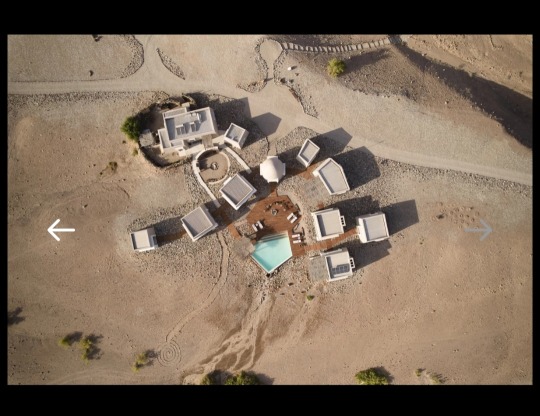
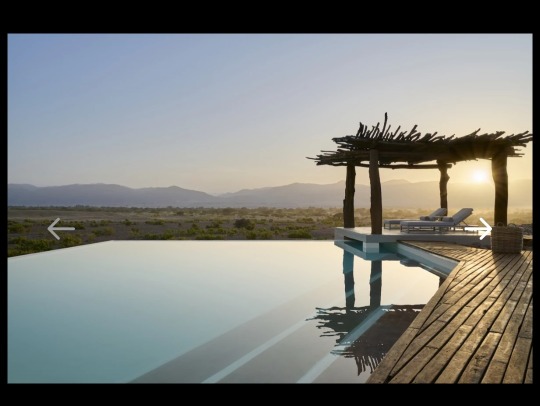
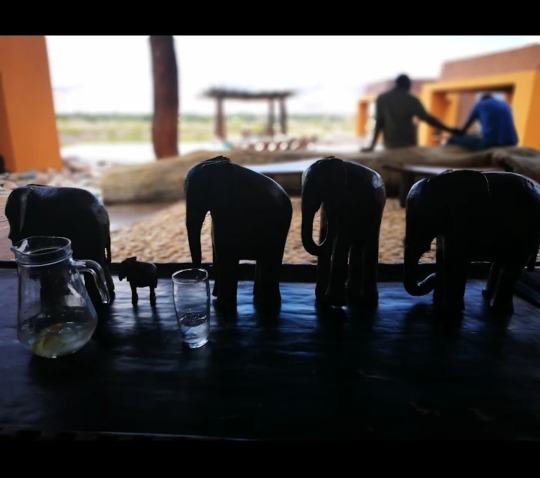

okahirongo elephant lodge
#namibia#namib desert#Namibian holiday#Desert holiday#African holiday#Vacation#southern africa#Landscape#architecture#elephant#Wild animals#Beautiful africa#night sky#night time#day time#tumblr dump#tumblr diary
4 notes
·
View notes
Text
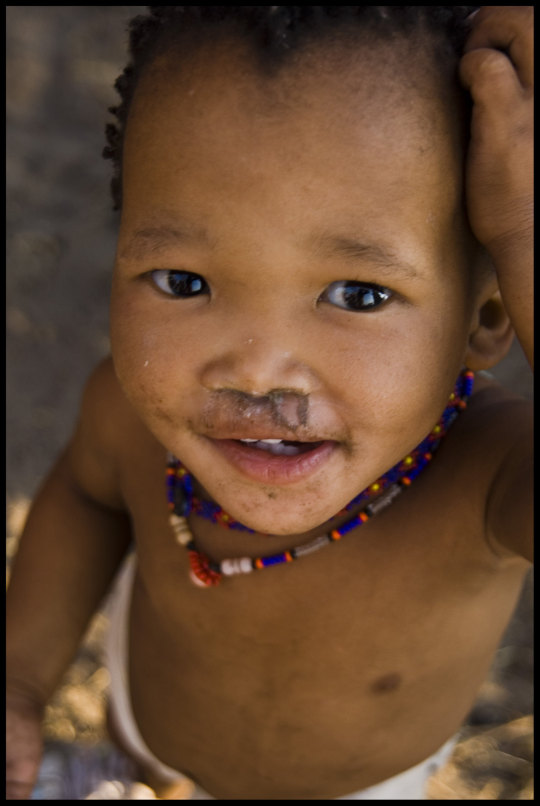
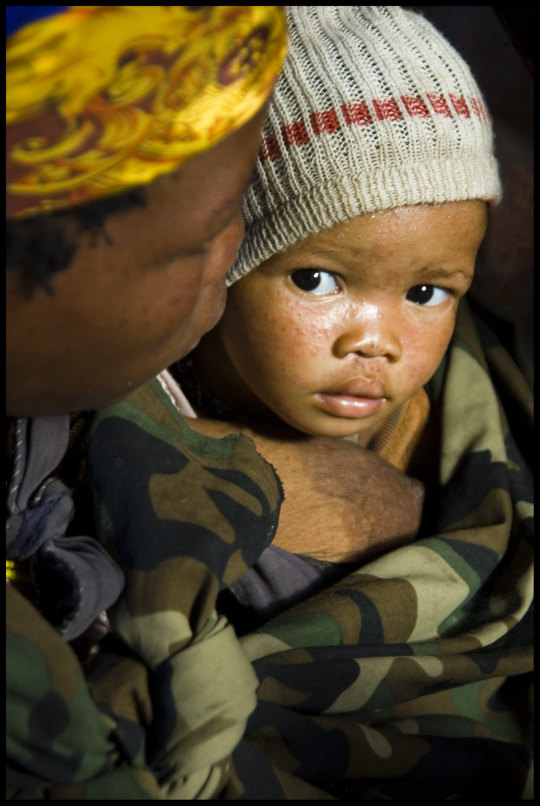
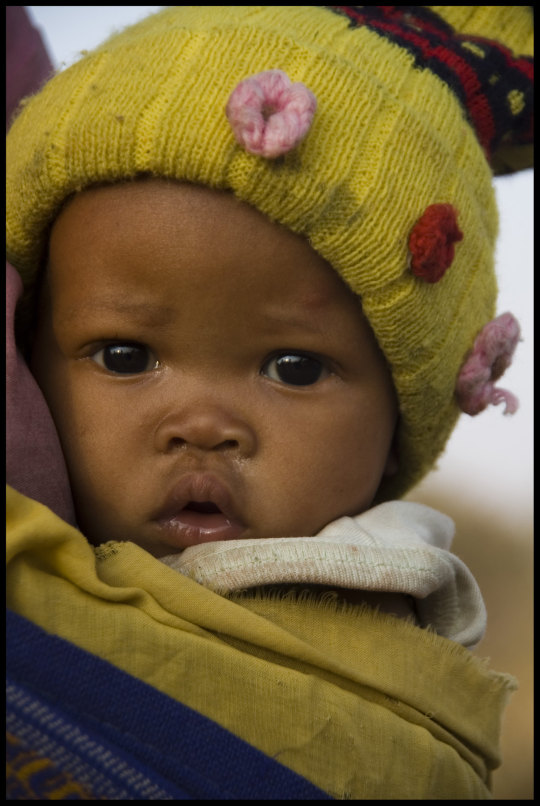
Baby faces of the San tribe ♡ ♡ ♡
#namibia#kalahari desert#tribes#african tribes#namib desert#namibians#cute babies#uploads#kalahari people#khoikhoi#khoisan#khoisan tribe#babies#too cute#photography#portrait photography#portrait art#baby art#african culture#i'm obsessed with these pics they're so cute#namibian people#baby photography#baby photoshoot
1 note
·
View note
Text
"Namibia is the driest country in Sub-Saharan Africa, and home to two of the world’s most ancient deserts, the Kalahari and the Namib. The capital, Windhoek, is sandwiched between them, 400 miles away from the nearest perennial river and more than 300 miles away from the coast. Water is in short supply.
It’s hard to imagine life thriving in Windhoek, yet 477,000 people call it home, and 99 per cent of them have access to drinking water thanks to technology pioneered 55 years ago on the outskirts of the city. Now, some of the world’s biggest cities are embracing this technology as they adapt to the harshest impacts of climate change. But Namibia leads the way.
How did this come about? In the 1950s, Windhoek’s natural resources struggled to cope with a rapidly growing population, and severe water shortages gripped the city. But disaster forced innovation, and in 1968 the Goreangab Water Reclamation Plant in Windhoek became the first place in the world to produce drinking water directly from sewage, a process known as direct potable reuse (DPR).
That may sound revolting, but it’s completely safe. Dr Lucas van Vuuren, who was among those who pioneered Windhoek’s reclamation system, once said that “water should not be judged by its history, but by its quality”. And DPR ensures quality.
This is done using a continuous multi-barrier treatment devised in Windhoek during eight years of pilot studies in the 1960s. This process – which has been upgraded four times since 1968 – eliminates pollutants and safeguards against pathogens by harnessing bacteria to digest the human waste and remove it from the water. This partly mimics what happens when water is recycled in nature, but Windhoek does it all in under 24 hours...
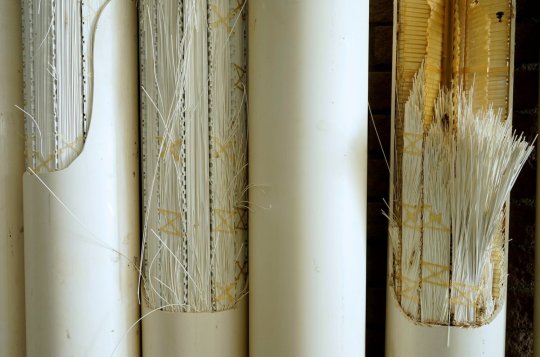
Pictured: These ultrafiltration membranes help to remove bacteria, viruses and pathogens. Image: Margaret Courtney-Clarke
“We know that we have antibiotics in the water, preservatives from cosmetics, anti-corrosion prevention chemicals from the dishwasher,” Honer explains. “We find them and we remove them.”
Honer adds that online instruments monitor the water continuously, and staff ensure that only drinking water that meets World Health Organisation (WHO) guidelines is sent to homes. If any inconsistencies are detected, the plant goes into recycle mode and distribution is halted until correct values are restored.
“The most important rule is, and was, and always will be ‘safety first’,” says Honer. The facility has never been linked to an outbreak of waterborne disease, and now produces up to 5.5m gallons of drinking water every day – up to 35 per cent of the city’s consumption.
Namibians couldn’t survive without it, and as water shortages grip the planet, Windhoek’s insights and experience are more important than ever.
Interest from superpowers across the globe
In recent years, delegations from the US, France, Germany, India, Australia, Singapore, and the United Arab Emirates have visited Windhoek seeking solutions to water shortages in their own countries.
Megadrought conditions have gripped the US since 2001, and the Colorado River – which provides 40 million people with drinking water – has been running at just 50 per cent of its traditional flow. As a result, several states including Texas, California, Arizona and Colorado are beginning to embrace DPR.
Troy Walker is a water reuse practice leader at Hazen and Sawyer, an environmental engineering firm helping Arizona to develop its DPR regulations. He visited Windhoek last year. “It was about being able to see the success of their system, and then looking at some of the technical details and how that might look in a US facility or an Australian facility,” he said. “[Windhoek] has helped drive a lot of discussion in industry. [Innovation] doesn’t all have to come out of California or Texas.”

Pictured: The internal pipes and workings of Namibia's DPR plant. As water becomes scarcer in some parts, countries are looking to DPR for solutions. Image: Margaret Courtney-Clarke
Namibia has also helped overcome the biggest obstacle to DPR – public acceptance. Disgust is a powerful emotion, and sensationalist ‘toilet to tap’ headlines have dismantled support for water reuse projects in the past. Unfortunately, DPR’s biggest strength is also its biggest weakness, as the speed at which water can re-enter the system makes it especially vulnerable to prejudice, causing regulators to hesitate. “Technology has never been the reason why these projects don’t get built – it’s always public or political opposition,” says Patsy Tennyson, vice president of Katz and Associates, an American firm that specialises in public outreach and communications.
That’s why just a handful of facilities worldwide are currently doing DPR, with Windhoek standing alongside smaller schemes in the Philippines, South Africa and a hybrid facility in Big Spring, Texas. But that’s all changing. Drought and increased water scarcity worldwide are forcing us to change the way we think about water.
Now, the US is ready to take the plunge, and in 2025, El Paso Water will begin operating the first ‘direct to distribution’ DPR facility in North America, turning up to 10m gallons of wasterwater per day into purified drinking water – twice as much as Windhoek. San Diego, Los Angeles, California, as well as Phoenix, Arizona are also exploring the technology."
Of course, DPR is not a silver bullet in the fight against climate change. It cannot create water out of thin air, and it will not facilitate endless growth. But it does help cities become more climate resilient by reducing their reliance on natural sources, such as the Colorado River.
As other nations follow in Namibia’s footsteps, Windhoek may no longer take the lead after almost six decades in front.
“But Windhoek was the first,” Honer reminds me. “No one can take that away.”"
-via Positive.News, August 30, 2023
#namibia#africa#desert#water shortage#water conservation#dpr#potable water#water recycling#clean water#drought#united states#colorado river#science and technology#sanitation#good news#hope
2K notes
·
View notes
Text
He’s thought about kissing Crowley before
On the banks of the Euphrates. Under a juniper tree in the Hanging Gardens. Traipsing through some desert — Arabian, Gobi, Namibian, Kalahari — they all ran together. Beside a rice paddy in the Qinling Mountains. In coliseums and amphitheatres, then theatres and pubs. Over wine or tea or coffee, over too many meals to remember. At an airbase nearing the end of the world, and on the bus ride home after the world didn’t end after all. All of the nights thereafter.
Of course, he’s thought about it. Sometimes it feels as if he scarcely thinks of anything but.
Quiet down, you, he’d plead in those moments. No use in any of that foolery. Angels simply can’t want like that, the ache of the want be damned. Even fallen angels; there’s an order to things, lines in the sand.
But still, he’s thought about it.
Alone, after those clandestine, ill-conceived meetings of old. Hours later back at the shop, paired wine glasses empty, nose in a book in some paltry attempt to divert his wandering attention. He prays — to God, to the author of whatever book fails to hold his gaze, to his own sense of propriety — but the prayer goes unanswered and so he thinks instead.
A staccato inhale, a press of lips, flush. Who would initiate it? Did it even matter? Lean fingers pull him close and Aziraphale follows as if he’s allowed to, as if he can follow any but the path that was set out before him. And Crowley would taste of the wine or spirits that they’d been drinking hours before this torrid, little fantasy began.
How would Crowley kiss him? Aziraphale had no experience in the matter, naturally. But he’s read enough books, watched cinema, observed the couples on Whickber as they dawdle down the way after an evening out, and he can imagine it. The certainty of it, the way Crowley owns an idea and then just rushes heedlessly forward, assured. No doubt, no hesitation, just momentum and an inner gravity that pulls Aziraphale in, attracted to a sort of confidence that Aziraphale can’t understand. And he’d kiss him like that, firm and heady, like if they could just get close enough to one another they might carve out some sort of safety separate from Heaven and Hell and the nature of the cosmos that prevents this very act from occurring in the first place.
Fingers would thread through his hair, a sharp hip bone knocks into him as they slot together, and suddenly all is warm and wet and perhaps this is what drowning would feel like if drowning was equal parts terrifying and astounding. Wicked and miraculous.
“We could have been…us.”
The words only just register as Crowley has him by the lapels, and the kiss is now and here and real, and not some weak midnight submission.
There is no finesse, no craft, no delicacy. Crowley’s wile and strategy, gone. Just want. He wants in a way that Aziraphale has never permitted himself to. A sort of desperate, wild anguish, and Aziraphale can feel the implicit please please please through every shudder, every movement. No assurance, no givens, only a reckless beggar, and Aziraphale could almost recognize the need as his own, if he’d ever sat with the feeling long enough to comprehend it.
He wants to lean in, wants to wrench Crowley somehow closer, impossibly, like he would in an evening wondering. Forsake Heaven and with it his chance, their chance, at any sort of redemption. He wants to succumb, wants to give himself over with yes and finally and now, because the righteousness of it all seems more absolute than anything Aziraphale has felt.
But he knows better. He was made better. His hands dance over Crowley’s back, unsure, hesitant, fearful that if he touches him the rest of his body may follow, and he may fall right alongside him.
It’s over before it’s begun, a human expression. And Crowley’s gone.
His shuddering hand lifts to his lips, sore and unnaturally hot, an almost pins-and-needles burn across his mouth. Is it hellfire or purely Crowley? How to disentangle them? Aziraphale tastes the acrid I forgive you as the heat cools and fades off his lips and from his fingertips, and with it the prospect of seeing Crowley again.
***
now tidied up and on AO3
#good omens#good omens season 2#good omens spoilers#ineffable husbands#my writing#that finale fucked me up good yo
398 notes
·
View notes
Text

... untitled (Namibian desert)
© Aapo Huhta (Finnish photographer)
39 notes
·
View notes
Text

Private cinema for two in the middle of the Namibian Desert at @zannierhotels Photo by @jeremyaustiin
Get Inspired, visit www.myhouseidea.com
#interior design#architecture#myhouseidea#home decor#decor home#kitchen#bedroom#houseidea#house idea#living
348 notes
·
View notes
Text

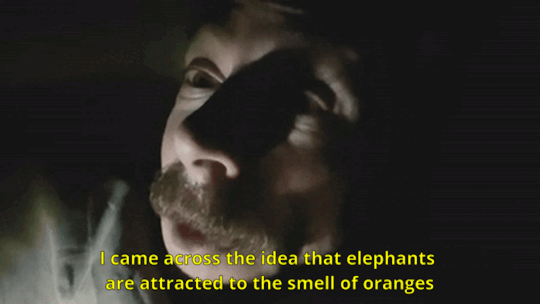




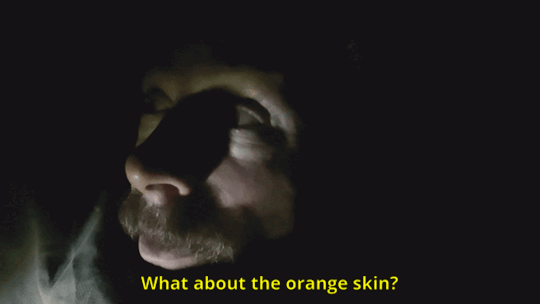




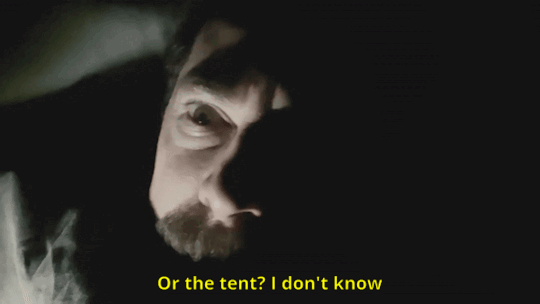
Mike Wozniak contemplating eating his own hands in the Namibian desert
#he says the weirdest things#but it almost sounds normal coming from him#like yeah when you put it like that it's a logical conclusion to come to#mike wozniak#worlds most dangerous roads#britcom#my gifs#this took me too long but it was worth it
54 notes
·
View notes
Text
Have you seen “The Gods Must Be Crazy”? 🎬 N!xau, a San from the Kalahari Desert, was discovered by director Jamie Uys and cast in the lead role of the 1980 film. Despite the film and its sequels grossing over $40 million, N!xau was paid only about $300 for the first film and an undisclosed amount for the subsequent ones. The Namibian actor and farmer appeared in several other films but continued to receive only a fraction of the earnings. N!xau lacked proper representation and did not fully understand contracts or currency. Sadly, he reportedly suffered from tuberculosis, and in early July 2003, Namibian officials confirmed his death in the remote Kalahari region where he lived. The exact cause was unknown, and his age was estimated to be around 59, as even N!xau himself wasn’t sure of his birthdate. N!xau’s story reflects the experiences of many talents from the motherland who have been exploited by foreigners and left behind.
9 notes
·
View notes
